
All categories
Featured selections
Trade Assurance
Buyer Central
Help Center
Get the app
Become a supplier

(15865 products available)




























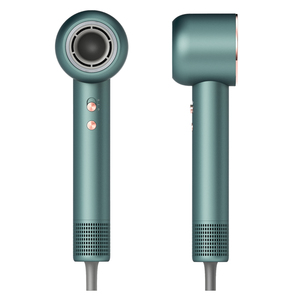
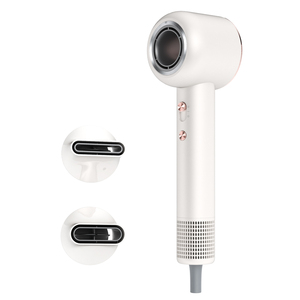
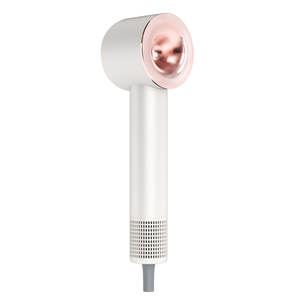
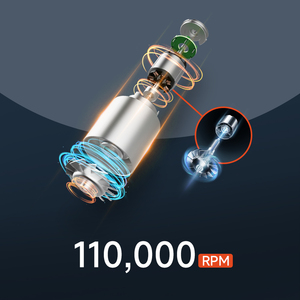
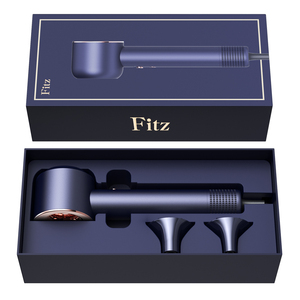
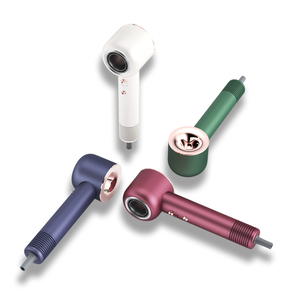



















The hair dryer plug is a plug designed for hair dryers and comes in various types depending on the model or make of the hair dryer. Some common types of hair dryer plugs include the two-prong Europlug, NEMA 1–15, and the two-prong Type C plug. The two-prong Europlug is a type e and type f compatible plug that can be inserted into European two-round hole sockets. It is a two-prong plug featuring a rectangular shape that fits any appliance and is commonly used in France, Germany, and Belgium. The NEMA 1-15 plug is an une 1/soon 1 2-pin plug used in North America and Latin America. It is used to connect low-power appliances like hair dryers, radios, and power tools to 15 amperes at 125 volts AC. The type C plug is a two-round prong used in over 150 countries, including Europe, South America, Asia, and Africa.
Other types of hair dryer plugs include the NEMA 5-15, Type G, type I, Type L, Type M, and Type N. The NEMA 5-15 is a grounded plug that has a third grounding blade on the bottom. It connects high-power appliances like refrigerators and air conditioners. NEMA plugs are not compatible with standard outlets outside the U.S., so travelers can use a universal plug adapter to ensure the appliances can be plugged in anywhere in the world. The Type G is a three-pin rectangular plug top used in the UK, Ireland, and a few other countries. It has a built-in fuse to protect the hair dryer from surging. Type I plugs have two flat blades, one blade with a slight angle and an optional grounding blade. They are used in Australia, New Zealand, and China. The Type L has two round pins and a grounding pin and is commonly used in Italy and Chile. Type M plugs have three large flat pins in a triangular configuration and are primarily used in South Africa, India, and Swaziland. The Type N is a Brazilian plug with two round pins and a grounding pin.
Knowing the different uses of a hair dryer plug helps store owners understand their market better and stock the right kind of plugs.
Specific details must be considered when selecting a hair dryer plug for commercial or individual use. First, ensure the plug can handle the dryer’s current level without overheating or tripping. For instance, a normal hair dryer typically draws between 10-15 amps, so plugs rated for this amount are appropriate. Select a plug that can handle both the wattage of the hair dryer and the indicated amperage.
Next, get a robust and long-lasting plug. This is because, in addition to frequent use, hair dryer plugs are subjected to degradation over time. Choose plugs made of durable materials like thermoplastic rubber (TPR) or polycarbonate. These materials can tolerate the wear and tear associated with regular use without breaking or cracking.
The safety of hair dryer plugs should also be a priority. Plugs should have features like an automatic resettable fuse (FRD) or a separate circuit protector (GCFI) that trips and cuts off power when there is a current leak. These functions protect against electrical shocks and other accidents.
Also, consider the design of the plug. Some plugs might have a 90-degree angle between the cord and the plug, which allows better positioning in tight spaces like bathroom counters. Plus, ensure the hair dryer plug is convenient to use and gives users flexibility.
Additionally, when selecting a hair dryer plug, ensure it is compatible for use in different areas. This means ensuring it works with the voltage and frequency standards in a particular area. The type of power outlets in a chosen area also needs to be considered. For example, a two-flat plug may not work in areas with three-round plugs. To make it easier for a traveler to use a hair dryer in several areas, purchase a multi-national plug adapter that fits various outlet types.
Finally, choose a plug that is easy to maintain. Hair dryer plugs need maintenance to ensure they stay in good shape and work safely. Regular cleaning to remove dirt or lint from the plug's prongs is needed. Also, the plug should be inspected often for indications of damage, such as frayed cords or bent prongs. If any damage is discovered, the plug must be replaced to prevent accidents.
Buyers of hair dryer plugs may have questions about their applications and uses. Here are some questions and answers that can help clarify anything that may be unclear.
Q1. Can a hair dryer use a normal plug?
A1. No, a normal plug for general appliances cannot be used for hair dryers. Hair dryers need vacuum cleaner plugs or a heavy-duty plug that can handle higher current draw and steady load. This is because hair dryers have a high power requirement and a normal plug may not ensure safety.
Q2. Can a hair dryer be plugged into a GFCI outlet?
A2. Yes, a hairdryer can be plugged into a GFCI outlet. In fact, it is safer to use a hair dryer at places like bathrooms or kitchens where GFCI outlets are commonly used. Hair dryers are among the appliances that GFCI outlets are designed to protect from, high amperage current that can cause shock.
Q3. Are hair dryer plugs different?
A3. Yes, hair dryer plugs can be different from standard electrical plugs. This is because they require special plugs for high power current and certain safety features like a fuse or surge protection.
Q4. How do I know if a hair dryer plug is safe?
A4. To determine if a hair dryer plug is safe, check if it has been certified by a recognized safety organization such as Underwriters Laboratories (UL), and if it complies with local electrical codes and standards. Ensure the plug is fitted into the outlet securely, and the prongs are not damaged or bent. Also, make sure it is used with appropriate hair dryer voltage and wattage.